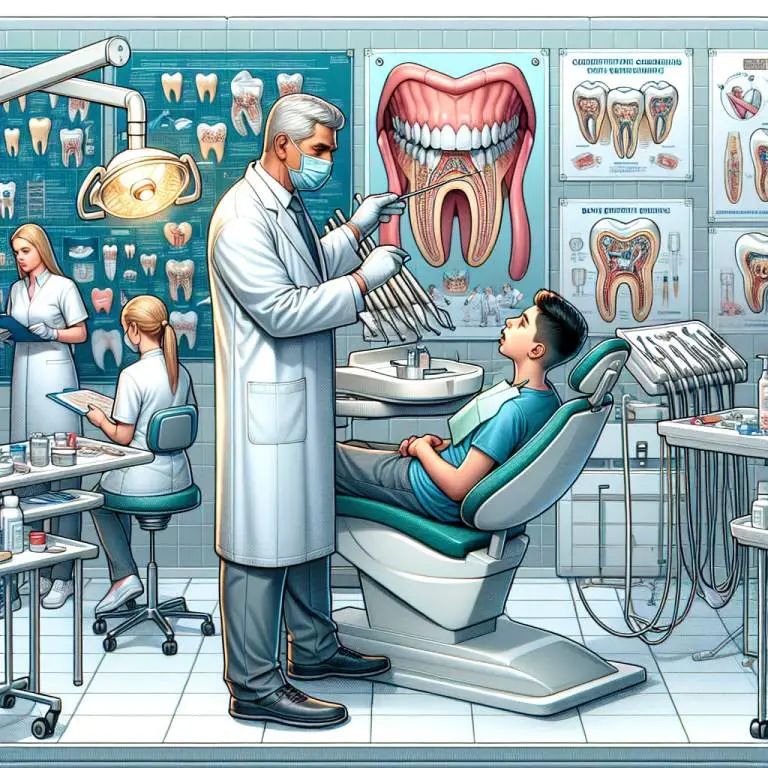Does failing to engage the whole tongue count as a mewing mistake?
Yes, failing to engage the whole tongue does count as a mewing mistake. Mewing practice requires the entire tongue to press against the roof of the mouth. This full engagement helps in properly shaping the facial structure and improving breathing patterns. Not using the whole tongue can slow down or reduce these benefits.

Does failing to engage the whole tongue count as a mewing mistake?
Yes, not using your whole tongue when you’re trying to mew is definitely a mistake. Mewing is all about how you position your tongue against the roof of your mouth. It’s important because it can help shape how your face looks over time. If you’re only using part of your tongue, you’re not doing it right.
This mistake can stop you from getting the full benefits of mewing. The idea is to have the entire tongue – that means the tip and the back part – pressed up. This helps in improving how your jaw and cheekbones look. So, remembering to use the whole tongue is super important.
How does proper tongue posture impact facial structure?
When you keep your tongue in the right spot, it can actually change how your face looks! This might sound a bit weird, but it’s true. Having good tongue posture means pushing your whole tongue against the top of your mouth. Doing this can help make your jawline sharper and give better support to your cheeks.
This doesn’t happen overnight, though. It takes time and consistency. But if you keep at it, this simple action can lead to noticeable changes in your facial structure. It’s like a workout for your face that helps everything look more balanced and aligned.
What are the common mistakes people make when trying to mew?
A lot of people get excited about mewing but end up making some mistakes along the way. One big mistake is not pressing their entire tongue against their palate. Some just use the tip of their tongue or forget about engaging the back part, which is crucial for seeing results.
Another common error is not being consistent with it. Mewing isn’t something that shows results after just a few tries; it requires continuous effort over time. Also, breathing through the mouth instead of the nose while trying to mew can mess up all your efforts since proper breathing technique is key for effective mewing.
Can incorrect mewing cause harm or discomfort?
If you’re not doing mewing correctly, yes, it might cause some problems or feel uncomfortable. For instance, if you push too hard with your tongue or only use part of it, you could end up with soreness in both your tongue and jaw muscles. It’s supposed to be a gentle pressure throughout the day, not something that causes pain.
Besides physical discomfort, incorrect mewing could potentially lead to issues with how well you breathe or even alter dental alignment if done improperly over time. That’s why learning to do it right and avoiding these common mistakes is really important for both comfort and safety reasons.
< td>Potentially higher risk if incorrect tongue posture leads to strain on the jaw joints. td>
| Aspect | Full Tongue Engagement | Partial Tongue Engagement |
|---|---|---|
| Effectiveness in Mewing | High – Engages the entire palate, promoting optimal facial structure changes. | Low – Incomplete engagement may lead to uneven or minimal results. |
| Muscle Development | Better muscle tone and strength throughout the tongue and related muscles. | Potential for imbalanced muscle development, affecting overall posture and results. |
| Impact on Jawline Definition | Promotes a more defined jawline over time due to consistent pressure distribution. | Limited impact on jawline definition due to reduced pressure and engagement. |
| Breathing Patterns | Can improve nasal breathing by properly aligning the oral and throat structures. | Might not significantly affect or improve breathing patterns due to partial engagement. |
| Risk of Developing TMJ Disorders | Lower risk when practiced correctly, as it encourages balanced muscular activity. |
How can you ensure your entire tongue is properly engaged during mewing?
To make sure your whole tongue is working right when you mew, start by touching the roof of your mouth with the tip of your tongue. Then, push the rest of your tongue up so it also touches the roof. This might feel odd at first, but it’s key for proper engagement.
Another trick is to say the word “sing,” and keep your tongue in the position it’s in when you get to the “ng” sound. This helps get your whole tongue against the top of your mouth. Practice this often until it feels natural.
What are the signs that you’re mewing correctly?
If you’re doing mewing right, one sign is less tension in your jaw and neck. Many people don’t notice how much stress they hold in these areas until it starts to go away. Your face might also start to change shape slightly over time, becoming more defined.
Another good sign is easier breathing through your nose. Proper tongue posture can help open up airways, making nose-breathing more comfortable than before. If these things are happening, you’re likely on the right track with mewing.
Are there any exercises to improve tongue posture for effective mewing?
Yes, there are exercises that can help! One simple exercise is pressing the entire length of your tongue against the roof of your mouth and holding it there for a few seconds. Do this several times a day to strengthen your tongue’s muscles.
You can also try swallowing exercises. Focus on using only your throat muscles to swallow, not moving your lips or cheeks. This teaches you to engage the back part of your tongue and improve its overall posture for better mewing results.
Final Thoughts
Mewing takes practice and patience but sticking with it can lead to noticeable improvements in facial structure and breathing ease. Remember, engaging your entire tongue and maintaining correct posture are key components.
If you’re unsure about whether you’re doing it right or if you experience discomfort, consider consulting with a professional who understands orthotropics. They can provide personalized advice and support on your journey towards better health and aesthetics through proper tongue posture.







